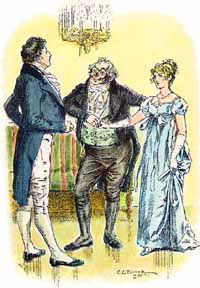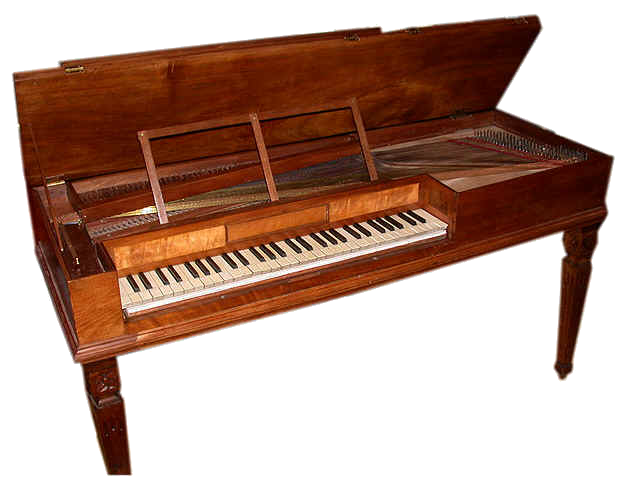Dance and Music in SENSE & SENSIBILITY
 If you’ve ever seen a screen adaptation of any of Jane Austen’s works, you may have noticed that dancing plays a significant part in the social life of her characters. Whether it’s Anne in Persuasion, who is considered an old maid and consequently is expected to play the piano while her younger cousins dance with the man she loves…or the drama of who dances with whom in Emma, an instance where dance really moves the plot along…or the younger Bennett sisters in Pride and Prejudice constantly clamoring to dance, or the tense conversation between Elizabeth and Darcy during several dances in that same novel…Austen uses dancing in dramatic, specific ways to advance plot and reveal character.
If you’ve ever seen a screen adaptation of any of Jane Austen’s works, you may have noticed that dancing plays a significant part in the social life of her characters. Whether it’s Anne in Persuasion, who is considered an old maid and consequently is expected to play the piano while her younger cousins dance with the man she loves…or the drama of who dances with whom in Emma, an instance where dance really moves the plot along…or the younger Bennett sisters in Pride and Prejudice constantly clamoring to dance, or the tense conversation between Elizabeth and Darcy during several dances in that same novel…Austen uses dancing in dramatic, specific ways to advance plot and reveal character.
Sense and Sensibility is no exception, although it is not dancing per se which is the key to the London ballroom scene in Act 2. Nonetheless, the dances need to be right, and there was only one place to turn: our friend Barry Dupen of the Fort Wayne Traditional Music and Dance Society-, who so ably choreographed three dances for our production of Emma in 2012.
 Unlike the dances for Emma, which took place at a party among friends in a small community, the ball in Sense & Sensibility is among high society. Elegance and fine manners are on display, and woe to those who don’t measure up. The quality of the music needs to be different, too–a small orchestra would have been hired for such an occasion, so the sound will be quite different from the folksy quality of Emma‘s music.
Unlike the dances for Emma, which took place at a party among friends in a small community, the ball in Sense & Sensibility is among high society. Elegance and fine manners are on display, and woe to those who don’t measure up. The quality of the music needs to be different, too–a small orchestra would have been hired for such an occasion, so the sound will be quite different from the folksy quality of Emma‘s music.
A word needs to be said about the music being used for Sense & Sensibility in general: There are always several choices one can make when dealing with a period piece. Authentic music of the period may be used, original compositions which mimic the style of the times may be written, or music which is anachronistic may be chosen for a different effect. I have heard all these things done in various period films.

